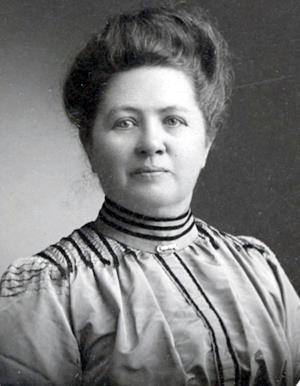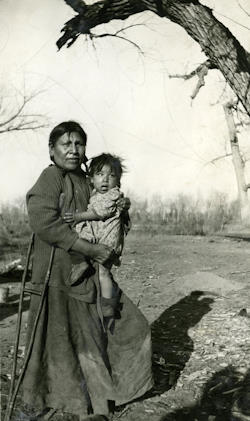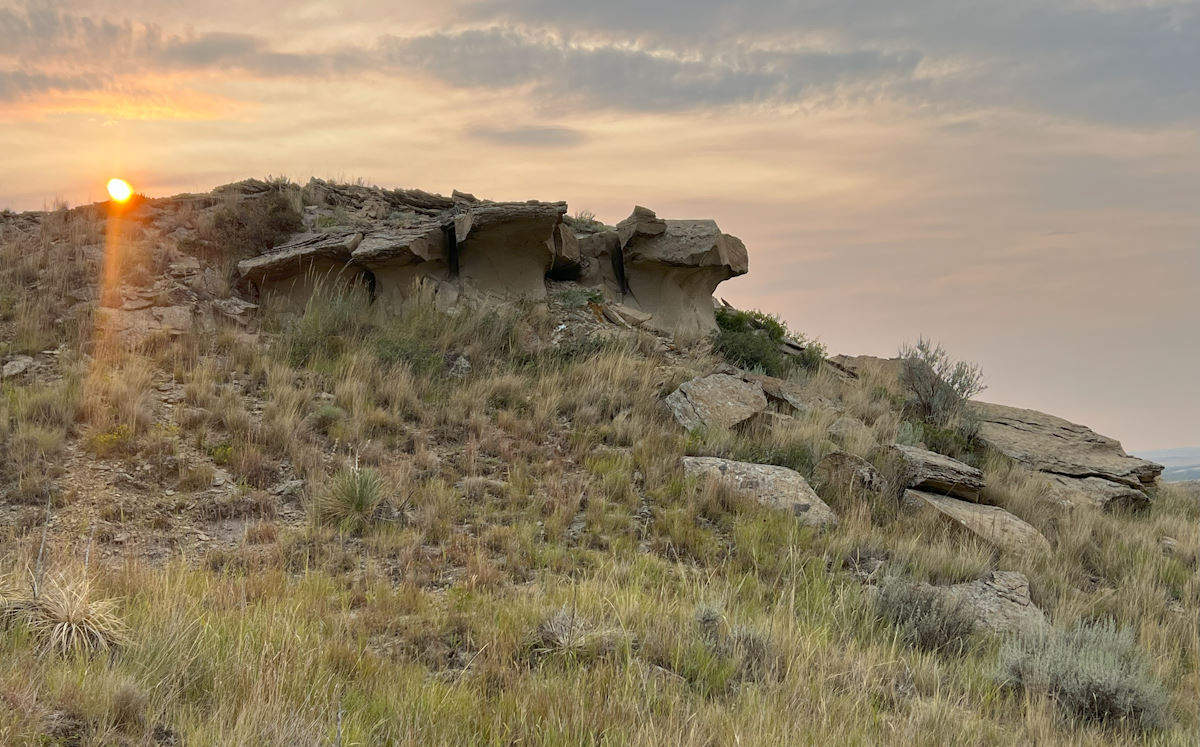 Go West, Young Man, Grow Up with the Country
Go West, Young Man, Grow Up with the Country
That was the call to the populated states of the East and Midwest United States in the early 1900s. It wasn't a man, however, who encouraged their family to head west and 'grow up with the country' to Kingsley, Montana. Mary Herron Rayner, comfortable in a successful farm life in verdant Viroqua, Wisconsin encouraged her husband and three children to trade that land for the near-desert of Eastern Montana. But when they homesteaded in 1910, a relatively rainy cycle in the prairie desert, they didn't realize the joy awaiting them, nor the drought, adversity, grasshoppers, and death.

The story begins, however, with the original people of this land - the indigenous Tsestho'e (Cheyenne), Apsalooke (Crow), and Očhéthi Šakówiŋ (Dakota Nakota Lakota nations). By the late 1800s, the U.S. government had taken most of indigenous' people's lands in what is now Montana. The U.S. designated the extreme southeastern Montana as tribal hunting grounds for the indigenous peoples confined to the Great Sioux reservation in what is now South Dakota. The discovery of gold in the Black Hills quickly reversed that promise, and the land was taken by the government in 1877.
In lock step with private railroad companies, the U.S. government offered 320-acre homesteads to farmers who could "prove up" - or live on the land, in three years (doubling what had previously been offered, and shortening the prove up period from 5 years). Railroads launched massive advertising campaigns to bring homesteaders to Montana. More than 80,000 homesteaders arrived between 1909 and the early 1920s. At its peak in 1918, 14,178 homestead claims were filed on 3.2 million acres. When it was over, an estimated 300,000 people had filed for homesteads in Montana with at least eighteen percent of these claims filed by unmarried women.
It was in this environment that on Friday, May 13, 1910, Mr. and Mrs. H. L. Rayner and son, Lee, set out for Montana from Viroqua, Wisconsin, to settle on homesteads that were ultimately filed on in by H.L., Lee and his daughters Mary and Kate. Mary Herron Rayner was "compelled by the urge to farm, and being of farmer stock, to homestead. They each filed on land on the divide between the Powder River and the Mizpah. Their 87-year old grandmother, Mahala Rayner, also filed. Mahala rode out from Miles City sitting in a rocking chair on top of a load of furniture." (Echoing Footsteps)
Cabins were built on the land. Rayner and his son built 10 by 12 cabins on the girls' claims. They were made out of logs brought down from the pine hills near what is now Broadus. Glass was used in the windows and the homes were heated with wood brought down from the hills. The girls, Mary and Kate, still remember the rattlesnake they found in the cabin the first night they moved in. (Echoing Footsteps)
The community of Kingsley got its name through the U.S. postal service reusing the Kingsley post office name from the original location on Anna Kingsley Murray from Lost Soldier Creek and SL Creek. The Kingsley community formed around the Rayner homestead and post office with dozens of other homesteaders, each proving up on their land by building cabins, planting crops, and grazing cattle.
Nothing remains of Kingsley today, save remnants of the dugout scars in the earth. The beauty of the land endures, with sandstone breaks, untouched land with sage, lichen, sandstone breaks and lava rocks.
